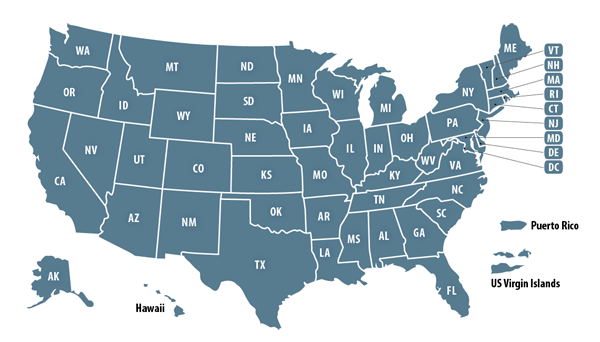An official website of the United States government
 United States Department of Labor
United States Department of Labor
State Unemployment Insurance (UI) programs are the primary data source for the Wage Records Program. Approximately 96 percent of the wage and salary civilian labor force and 98 percent of nonagricultural employment are covered by State UI laws. These workers are reflected in the wage records of participating states.

The BLS is pursuing the acquisition of UI administrative data via this multi-state Wage Records Program, where partner states submit UI wage records directly to BLS.
The BLS collects UI wage record files from participating Program states on a quarterly basis and adds them to the wage record database.
Our state partners have already begun using Wage Records data for the type of nationwide research we hope to enable.
Special Article: A Profile of Oil and Natural Gas Workers in New Mexico (PDF) (Feb 2022)
Unemployment insurance (UI) wage records are expected to enhance the quality and detail of existing BLS data series and allow for the production of new data series when linked with additional data elements.
The Wage Records Program offers an organizational process for states to standardize and share wage records across state lines. A single database makes it feasible to do long-term longitudinal analysis of workers over many years even as individuals move and relocate to other states for work.
Regular access to data accumulated through the Wage Records Program will benefit the BLS and the public in many ways including offering expanded opportunities to explore outcomes-research topics, worker mobility, and the development of improved equity measures.
As the quarterly time series of wage records grows longer, their value in assessing employment trajectory, mobility, and the effect of employment changes on wage earners increases.